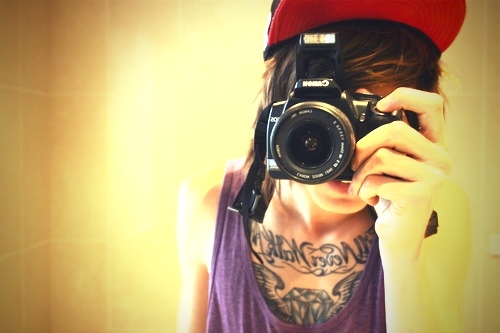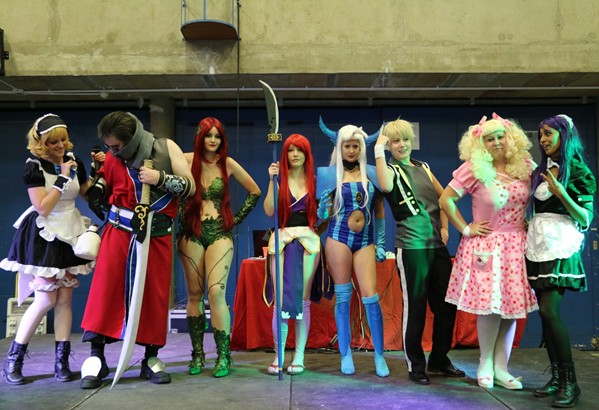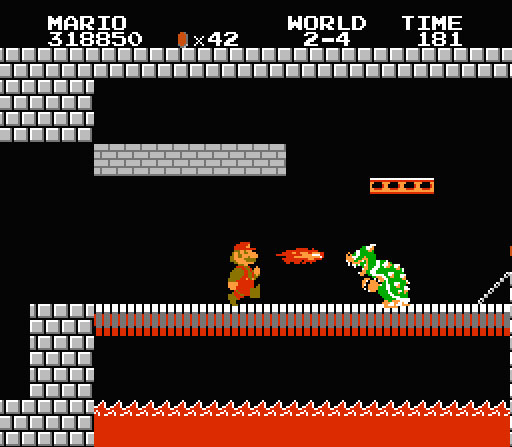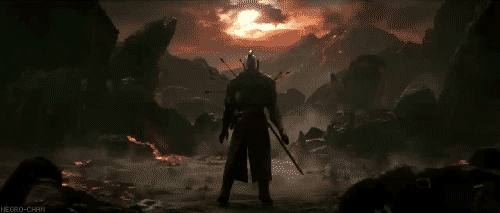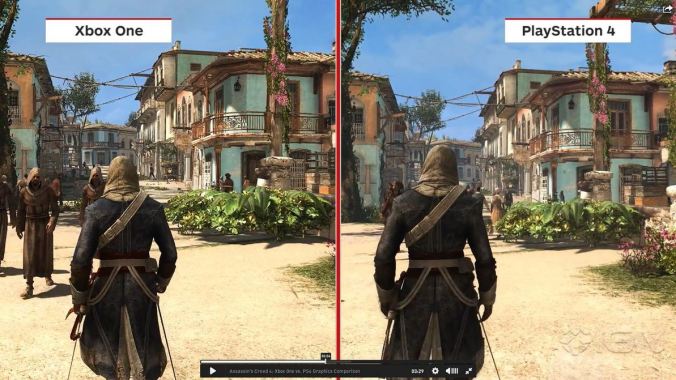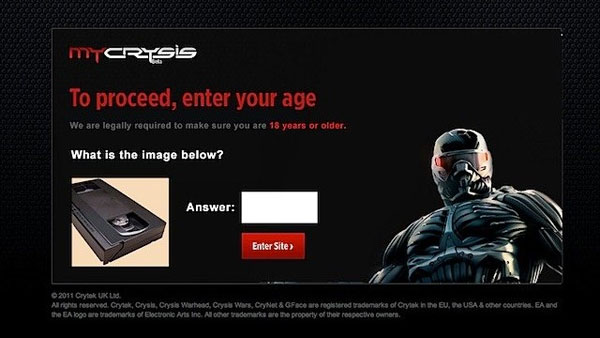sBeing the gamer in my relationship with my girlfriend, I’m usually the one to bring up titles or genres of videogames in our conversations. In the few occasions she finds a title for us to try together, it usually turns out to be a fascinating and enjoyable experience that I’d not known of. One such title she found is the charmingly Burtonesque survival game, Don’t Starve.
 Meaning the protagonist must somehow be Johnny Depp. Obviously.
Meaning the protagonist must somehow be Johnny Depp. Obviously.
MemQ4 (DeviantArt)
Don’t Starve involves the protagonist being dumped into a frightening and dangerous world with but one goal – survive for as long as possible. Aside facing off against savage, nigh-Expressionist enemies and warding off a horrible, unseen thing that inhabits the darkness of night, the player must maintain their character’s physical condition, sanity and hunger. With each session placing the player in a randomized world within which one must postpone one’s death, the process of survival becomes a different experience with each playthrough. As such, the player must constantly adapt to the current state of the world and familiarize themselves with their resources before they can safely set up a more established base of operations. And whilst the player has some degree of control of what will spawn in the world, the intended experience, I believe, is that one experiences new facets of the world by playing again and discovering new enemies, equipment or locations through exploration.
 Although ‘bunny/human recreation centre’ is one place one might want to explore right the hell away from, considering what bunnies do best.
Although ‘bunny/human recreation centre’ is one place one might want to explore right the hell away from, considering what bunnies do best.
MrAdamPL (DeviantArt)
Sadly, we had to play separate games of Don’t Starve as there was no multiplayer mode. And consider Klei’s decision to exclude multiplayer to emphasise a sense of loneliness and aimlessness, simultaneous play as a feature in Don’t Starve was unlikely to come about, despite the large demand from the player base. In all fairness, this decision was understandable – one of the things that makes Don’t Starve quite as iconic in a variety of other survival-oriented games like Minecraft is the oppressively uncanny and haunting environment in which one has to survive, within which isolation is a vital aspect of the survivor’s struggle against the game world.
 Even if no part of the struggle involves drinking your own piss.
Even if no part of the struggle involves drinking your own piss.
However, on the 5th of May 2014, over a year after the release of Don’t Starve, Klei announced that a multiplayer expansion would arrive around mid-2014, one which would be well-engineered in both its implementation and within the spirit of the game as a whole. As Klei puts it, this multiplayer should both be “interesting to play, but also something we would feel proud of creating”. At the very least, multiplayer will enhance the game in allowing players to utilize clever team strategies to prolong their in-game existence. Maintaining core settlements, which are inevitably built around the equipment players create, will effectively lead to in-game “villages” wherein team members are assigned to gather certain materials required for survival and clever rationing of supplies amongst the survivors.
 Meaning that somebody’s on poop duty if we want to see them crops grow.
Meaning that somebody’s on poop duty if we want to see them crops grow.
But more importantly, multiplayer will allow for players to actively share new zany experiences together, as opposed to merely sharing them through discussion. Even so, it seems unlikely that multiplayer will force players into the same experience as a whole. With the different roles that team-mates will predictably fill within their “villages”, each player is still likely to have a unique experience in their respective travels, despite playing as a team – especially since everyone’s sanity is gauged separately, as are the effects of its’ collapse.
“What’re you talking about? I don’t see any goddamned darkness reaching for you.”




